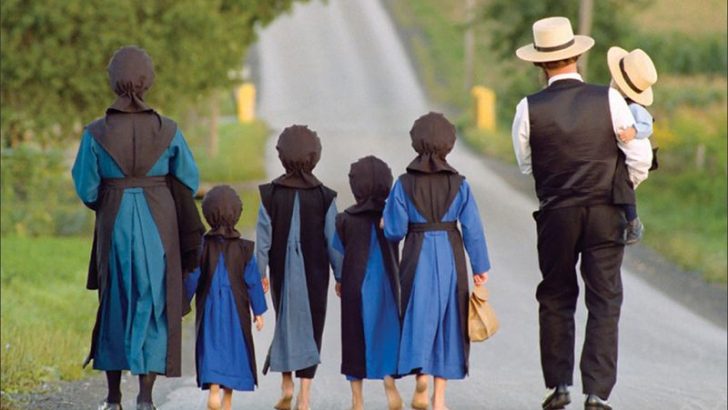Living in an Amish house is like stepping into a different era, where the simplicity of life is cherished and technology takes a backseat. The Amish communities are known for their traditional ways, shunning modern conveniences to maintain a lifestyle focused on family, faith, and hard work.
For those of us accustomed to the hustle and bustle of modern living, spending time in an Amish home can be both a fascinating and enlightening experience. Here, the pace is slower, the connections are deeper, and the everyday experiences are enriched with meaning. From unique household practices to culinary surprises, each day presents a new opportunity to learn and grow.
In this blog post, we’ll explore 13 unexpected things you might discover during your time in an Amish household. Whether you’re curious about their crafts or intrigued by their communal lifestyles, these insights offer a window into a world that values simplicity and community above all else.
1. Handcrafted Furniture
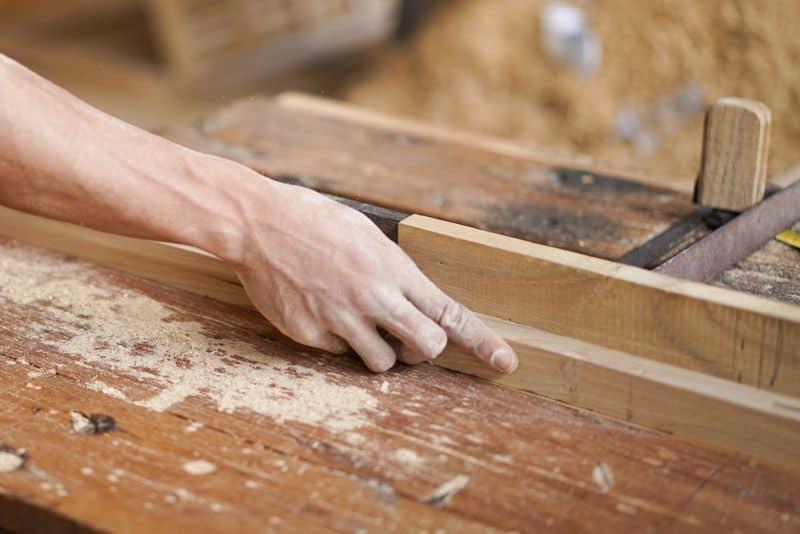
In an Amish house, one of the first things you’ll notice is the exquisite handcrafted furniture. These pieces are not just functional but are true works of art, reflecting generations of craftsmanship.
Each item is meticulously crafted from solid wood, typically oak or cherry, and designed to last for decades. The attention to detail is remarkable, with intricate carvings and smooth finishes.
This furniture not only enhances the aesthetic appeal of the home but also carries the stories and traditions of the Amish people. You’ll appreciate the dedication and skill involved in every piece.
2. No Electricity

Living without electricity is perhaps the most striking aspect of an Amish house. Instead of electric lights, you’ll find oil lamps casting a warm glow throughout the rooms.
The absence of televisions and computers encourages more meaningful interactions and fosters a peaceful environment. This lifestyle emphasizes the importance of being present and engaged with those around you.
Tasks that seem mundane elsewhere, like reading or sewing, become cherished activities under the gentle light of a lamp. This absence of electricity also means a deeper connection with natural rhythms and a simpler way of life.
3. Home-Cooked Meals

Amish homes are known for their delicious, home-cooked meals, often prepared from scratch using fresh, locally sourced ingredients. The kitchen is the heart of the home, where family members gather to cook and eat together.
Meals are hearty and comforting, featuring dishes like pot pie, meatloaf, and homemade bread. There’s an emphasis on wholesome, nutritious food, free from preservatives and artificial flavors.
This dedication to quality and tradition in cooking not only nourishes the body but also strengthens family bonds, as preparing and sharing meals is a communal activity celebrated by the Amish.
4. Quilting Traditions
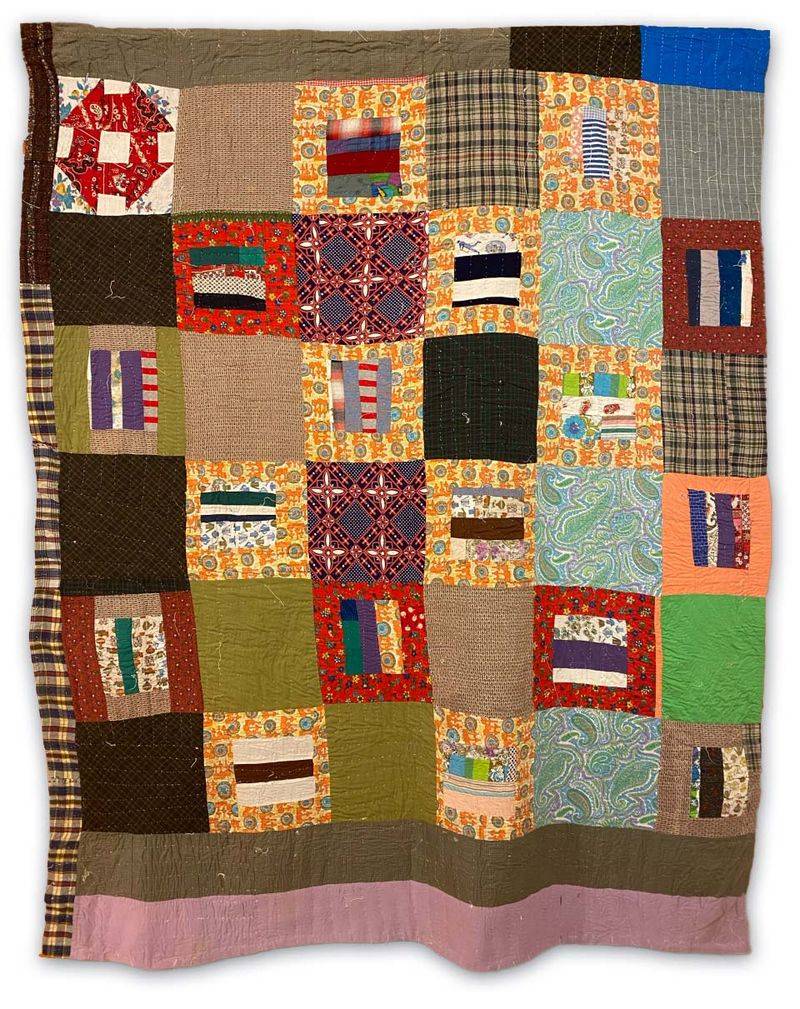
Quilting is a cherished tradition in Amish communities, and you’ll likely find beautiful quilts adorning beds in an Amish house. These quilts are masterpieces, each one telling its own unique story through patterns and colors.
The process of quilting is both a practical and social activity, often bringing together community members to work on quilts collectively.
The precision and patience required to create these quilts are truly admirable, and owning one is like having a piece of art that has been crafted with love and care. It’s a testament to the value placed on craftsmanship and community.
5. Simple Decor

The decor in an Amish house is characterized by its simplicity and functionality. You’ll find rooms adorned with minimalistic furniture and decor, creating an atmosphere of calm and order.
Colors are typically muted, with natural wood tones and a few well-chosen accents. There’s a distinct absence of clutter, as each item has a purpose and place.
This simplicity extends to the walls, which might be adorned with a few family photographs or religious artifacts. The focus is on creating a peaceful environment that fosters contemplation and connection, free from unnecessary distractions.
6. Horse-Drawn Buggies
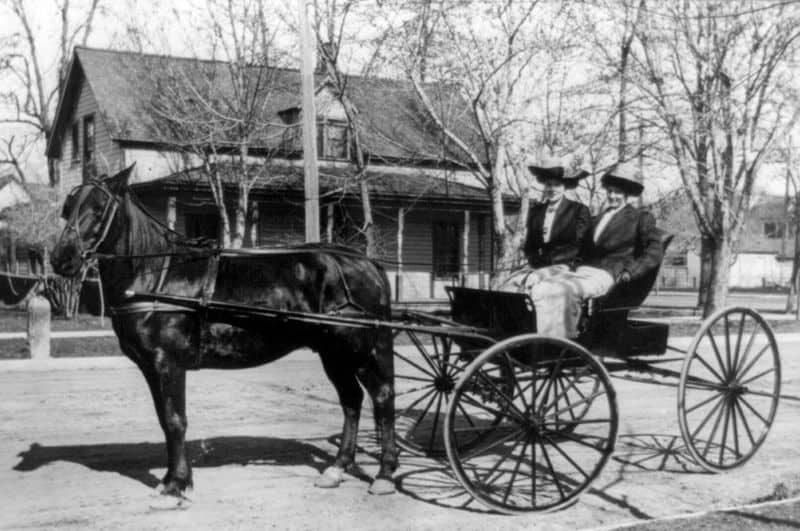
Transportation in an Amish community is notably different, with horse-drawn buggies being the primary mode of travel. Seeing these buggies parked outside an Amish house is a common sight.
This choice reflects the Amish commitment to simplicity and sustainability, avoiding the reliance on automobiles and fossil fuels.
Riding in a buggy offers a unique perspective, allowing you to take in the scenery at a leisurely pace. It’s a reminder of a time when travel was more about the journey than the destination, and every ride is an opportunity to connect with the surrounding landscape.
7. Community Gatherings
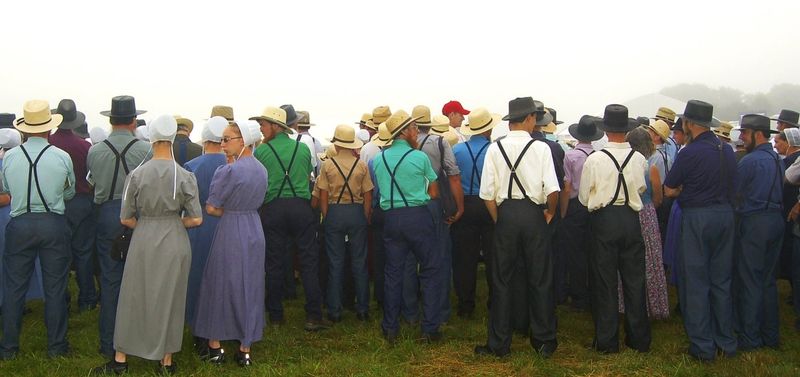
Community is at the heart of Amish life, and you’ll often find gatherings taking place in or around an Amish house. These events are opportunities for socializing, celebrating, and supporting one another.
Whether it’s a barn raising, a wedding, or Sunday worship, these gatherings are inclusive, bringing together people of all ages. They exemplify the communal spirit that defines Amish life.
Participation in such events fosters a strong sense of belonging and shared purpose, reinforcing connections and traditions that have been upheld for generations.
8. Homemade Preserves
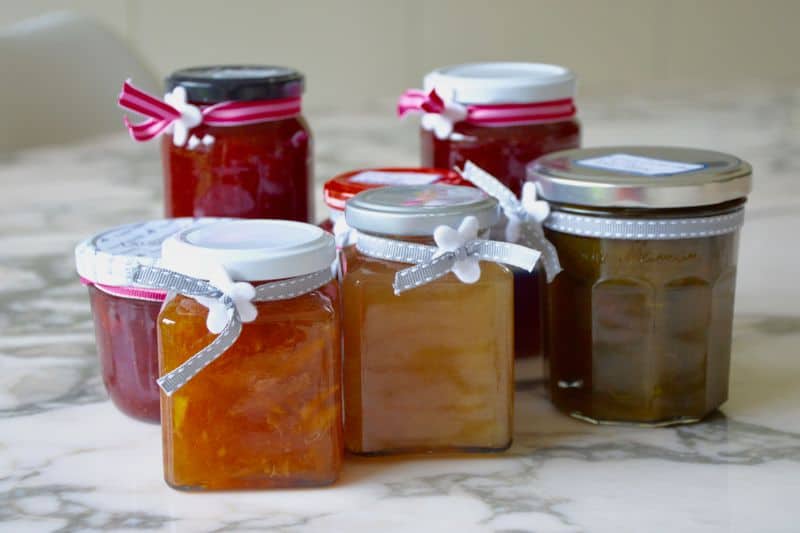
In an Amish kitchen, you’ll likely find shelves lined with jars of homemade preserves. These preserves are a testament to the Amish tradition of self-sufficiency and resourcefulness.
From sweet jams and jellies made from fresh fruits to savory pickles and relishes, these preserved foods are both delicious and practical, providing sustenance throughout the year.
The process of making preserves is often a family affair, teaching younger generations the skills and importance of preserving food. It’s a reminder of the rhythm of the seasons and the value of careful preparation.
9. Handmade Clothing
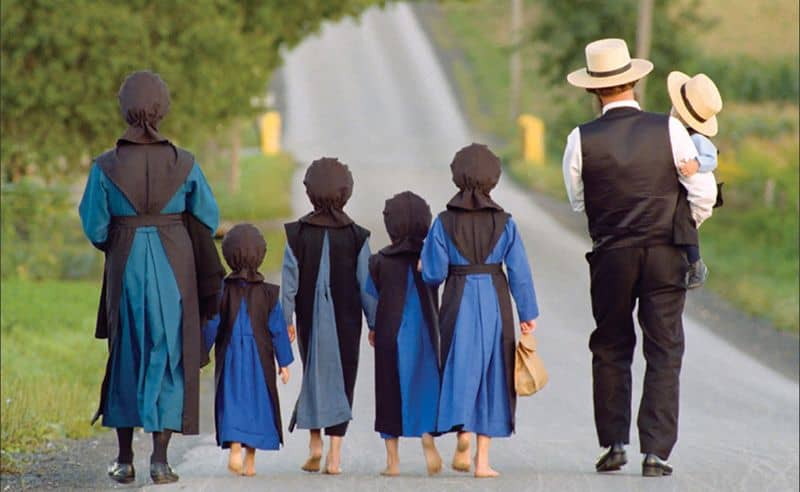
Amish clothing is distinctive for its handmade quality, reflecting a commitment to modesty and tradition. In an Amish house, you’ll see wardrobes filled with simple, practical garments, often sewn by family members.
The clothing is made from durable fabrics, designed to withstand daily wear and tear while adhering to the community’s dress code.
This practice of making clothing by hand fosters a sense of pride and self-reliance, as well as a connection to community standards. It’s an everyday expression of the values that underpin Amish life: simplicity, humility, and respect for tradition.
10. Gardening Skills

Gardening is an essential part of life in an Amish household, where fresh produce is grown to feed the family throughout the year. You’ll often find well-tended gardens filled with a variety of vegetables and herbs.
This activity is not just about sustenance, but also about instilling a sense of responsibility and connection to the land in younger generations.
Gardening provides an opportunity to work together as a family, learning about the cycles of planting, growing, and harvesting. It’s a practical skill that underscores the Amish values of self-sufficiency and stewardship of the earth.
11. Strong Family Ties
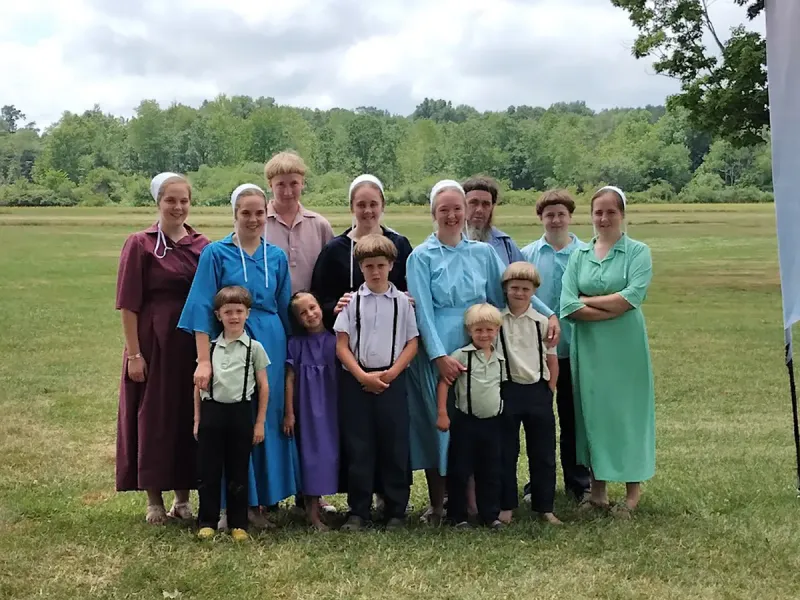
Family is the cornerstone of Amish life, and this is evident in the close-knit relationships you’ll observe in an Amish house. Daily life is centered around family activities, from meals to chores to leisure time.
Children are raised with a strong emphasis on family values, learning from an early age the importance of cooperation, respect, and support.
This dedication to family is reflected in the way homes are designed, often accommodating large, multigenerational families. The strength of these ties provides a sense of stability and belonging that is cherished by all.
12. Religious Devotion

Religion plays a central role in Amish life, influencing daily routines and long-term decisions. In an Amish house, you’ll witness the integration of faith into every aspect of life.
Daily prayers, Bible readings, and spiritual discussions are common practices that reinforce their beliefs and community values.
This devotion is also reflected in the simplicity and humility of their surroundings, as material possessions are secondary to spiritual well-being. The emphasis on faith fosters a sense of peace and purpose, guiding the community’s way of life.
13. Unique Crafts
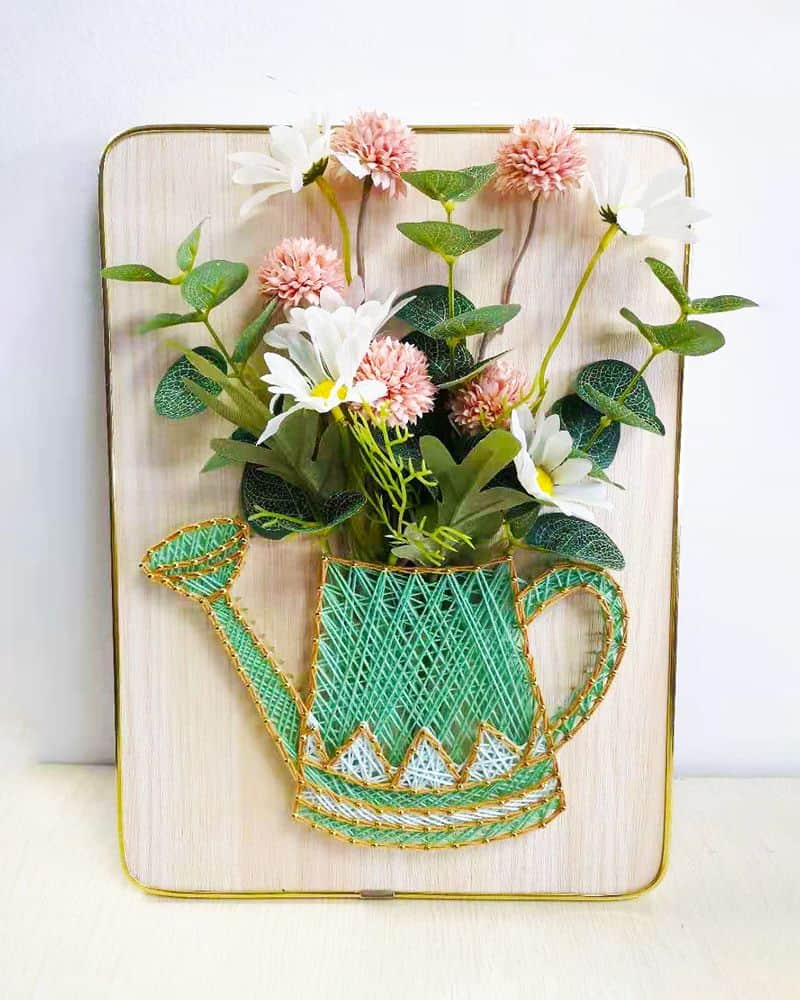
Amish households often engage in unique crafts that are both functional and artistic. These crafts include basket weaving, blacksmithing, and candle making, all practiced with traditional techniques.
Crafting is more than a hobby; it’s an integral part of Amish culture and economy, allowing families to produce items for their own use and for sale.
Each craft reflects the creativity and resourcefulness of the people, maintaining skills that have been passed down through generations. Engaging in these activities provides a connection to the past and a practical means of supporting the household.
14. Absence of Mirrors and Vanity Items

One unexpected detail you might notice in an Amish home is the near absence of mirrors and vanity-related items. This stems from their religious beliefs that emphasize humility and discourage vanity or excessive self-focus.
Mirrors, if present at all, are small and functional rather than decorative. Personal grooming is kept simple and practical, reflecting a value system that places inner character above outward appearance. This subtle omission speaks volumes about the Amish commitment to modesty and their focus on spiritual and communal values over individual expression.

Well, hello there!
My name is Jennifer. Besides being an orthodontist, I am a mother to 3 playful boys. In this motherhood journey, I can say I will never know everything. That’s why I always strive to read a lot, and that’s why I started writing about all the smithereens I came across so that you can have everything in one place! Enjoy and stay positive; you’ve got this!

